Ranking of Chinese palaces
The Chinese palace is a large-scale building complex inhabited by ancient Chinese emperors. It not only represents the highest status of imperial rulers, but also represents the highest level of traditional Chinese architecture. Chinese palaces are world-famous for their vast area, magnificence, and beautiful shapes, which are unmatched by any other civilized architecture. The Forbidden City is currently the most complete and largest palace complex in China, as well as the largest palace complex in the world. However, compared with other palaces that have existed in Chinese history, the Forbidden City can only be called a "miniature palace."
Top 1: Xianyang Palace
Dynasty: Qin /Area: unknown (approximately 2,000 times of the Forbidden City). At first, Xianyang Palace was located on the northern terraces of Xianyang City, the capital of Qin Dynasty. During the process of Qin Shihuang's unification of the Six Kingdoms, it continued to expand. "Historical Records·The Benji of Qin Shihuang" records that in the process of Qin Shihuang's unification of the country, "every time he breaks the princes, writes his palaces", that is, every time Qin destroys a country, he must imitate the palace of that country on the Xianyang table and expand it. The imperial palace, on the north bank of the Weishui River, has built distinctive "Palaces of the Six Nations", including 145 palaces and 270 palaces such as "Jique", "Ganquan Palace" and "Shanglin Garden". The palaces are connected by complex roads and corridors, forming a prosperous metropolis.
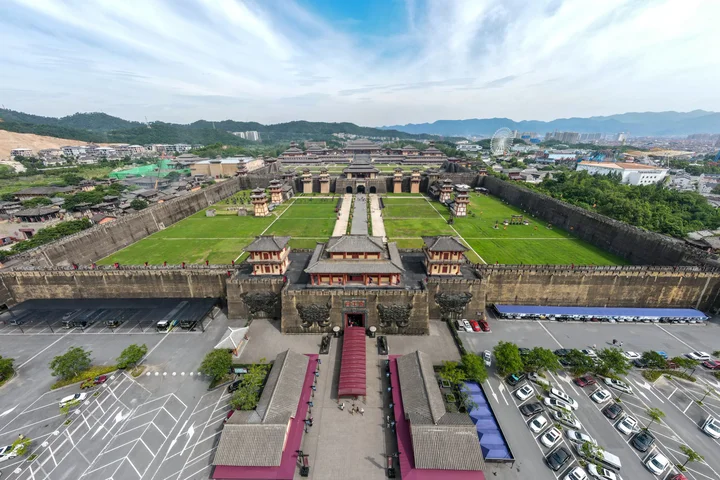
Top 2: A Fang Palace
Dynasty: Qin /Area: 15 square kilometers The Afang Palace was built in the 35th year of Emperor Qin Shihuang (212 BC). Together with the Great Wall, the Mausoleum of Qin Shihuang and Qin Zhidao, they are called the "Four Major Projects of Qin Shihuang". They are the first unified landmarks in China. In 1992, a UNESCO site visit confirmed that the architectural scale and completeness of the Qin Afang Palace site ranked first among the world's ancient buildings. It is one of the world's miracles and famous sites, and is known as the "first palace in the world." The Afang Palace is not only the most glorious and magnificent palace complex in Chinese history, but also records the history of China’s transition from decentralization to unity, and bears the glorious mark of Chinese civilization; but from another perspective, it is also the tyrannical dictatorship of the Qin Empire. The symbol of labor and wealth is the last glory before the impending destruction of the Qin Empire.
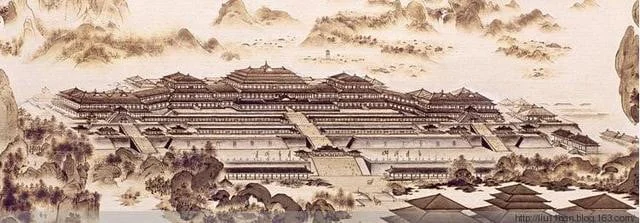
Top 3: Changle Palace
Dynasty: Han /Area: 6 square kilometers /Changle Palace is the first formal palace in the Western Han Dynasty. It was built on the basis of Qin Xingle Palace. It was built in the fifth year of Emperor Gaozu in the Tang Dynasty (202 BC). palace. According to archaeological findings, it is 2900 meters long from east to west, 2400 meters wide from north to south, and 10.6 kilometers in circumference. The total area is 6 square kilometers, which is equivalent to the size of 8 Forbidden City.
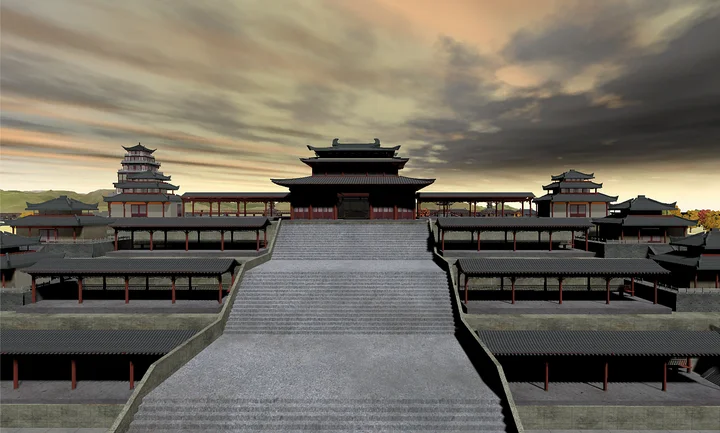
Top 4: Jianzhang Palace
Dynasty: Han /Area: 5 square kilometers (slightly larger than Weiyang Palace) /Jianzhang Palace was built in the first year of Emperor Wu of the Han Dynasty (104 BC). To show the prestige and prosperity of the Han Dynasty, its "duality is greater than Weiyang" and larger than Weiyang Palace, and it is known as "tens of thousands of families". For the convenience of communication, Emperor Wu built a Fei Pavilion Road across the city, but he never went to the Central Palace until the Jianzhang Palace. "Sanfu Huangtu" contains: "There are more than twenty li in the week, thousands of households, in the west of Weiyang Palace, outside Chang'an City." Jianzhang Palace was finally destroyed in the war of Wang Mang at the end of Han Dynasty.
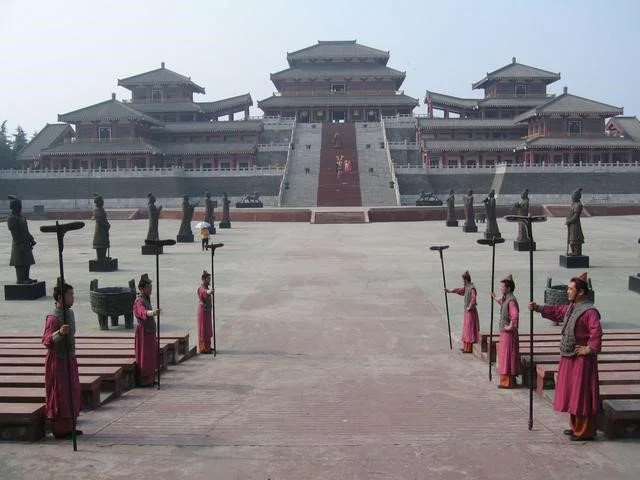
Top 5: Weiyang Palace
Dynasty: Han /Area: 5 square kilometers /Weiyang Palace is the main hall of the Western Han Empire. It was built in the 7th year of Emperor Gaozu in the Han Dynasty (200 BC) on the basis of Qin Zhangtai. To the west of Anmen Street in Chang'an City, it is also known as the West Palace.Since the completion of Weiyang Palace, the emperors of the Western Han Dynasty lived here and became the center of government orders for the Han Empire for more than 200 years. Therefore, in the poems of later generations, Weiyang Palace has become synonymous with Han Palace. After the Western Han Dynasty, Weiyang Palace was still the governing place of many dynasties. It survived in 1041 and was the palace with the most dynasties and the longest existence in Chinese history. Weiyang Palace is one of the largest palace complexes in ancient China. Its architectural form has profoundly influenced the palace architecture of later generations and laid the basic pattern of palace architecture in China for more than two thousand years.
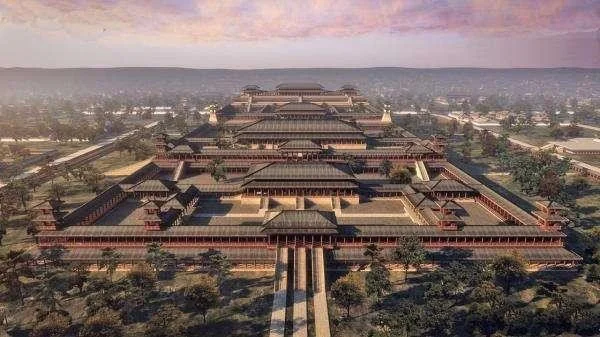
Top 6: Tai Chi Palace
Dynasty: Sui, Tang /Area: 4.2 square kilometers /Tai Chi Palace was built in the second year of Emperor Wen Kaihuang in the Sui Dynasty (582). It was called Daxing Palace in Sui Dynasty. It was renamed Tai Chi Palace in the first year of Jingyun of Tang Ruizong (710 years). The Taiji Palace site is located in the core area of Xi'an, and is covered by modern buildings. There is no condition for archaeological excavation. According to literature records and surveys, the Tai Chi Palace is 2830 meters wide from east to west, 1492 meters long from north to south, the city wall is 10.3 meters high, and the wall base thickness is 14-18 meters. From these data, we can imagine the grandeur of Tai Chi Palace. There are many famous palace buildings in Taiji Palace, such as Taiji Hall, Liangyi Hall, Chengqing Hall, Wude Hall, Ganlu Hall, Lingyan Pavilion and so on.

Top 7: Luoyang Palace
Dynasty: Sui, Tang /Area: 4.09 square kilometers /Luoyang Palace went through the Sui and Tang dynasties. In the Sui Dynasty, it was called the "Purple Palace", the Emperor Taizong of the Tang Dynasty was called the "Luoyang Palace", and Wu Zetian was called the "Taichu Palace". In the Tang Dynasty, Luoyang Palace basically followed the structure of the Sui Dynasty. There were twelve gates on all sides in the Zhouhui twelve li, but the name of the city gate was changed. In the second year of Xianqing, Emperor Gaozong of Tang officially designated Luoyang as the eastern capital, and Luoyang Palace became a royal palace. After Empress Wu Zetian ascended the throne and became emperor, she even regarded Luoyang as the capital of the empire, called the capital of gods. With the full eastward movement of the political, economic, and cultural centers of the Tang Dynasty, Luoyang Palace has also been continuously expanded and renovated, reaching its peak in scale and magnificence. The total area of Luoyang Palace at its peak is about 4.09 square kilometers, equivalent to about the size of six Forbidden City.

Top 8: Daming Palace
Dynasty: Tang /Area: 3.2 square kilometers /Daming Palace, located in the Longshouyuan on the north side of Chang'an City, the capital of the Tang Dynasty, is the main hall of the Great Tang Empire and the political center and national symbol of the Tang Empire. The Daming Palace was built in the 8th year of Emperor Taizong of the Tang Dynasty in Zhenguan. Since Gaozong of the Tang Dynasty, 17 emperors of the Tang Dynasty have dealt with government affairs here, which lasted more than two hundred years.Daming Palace was the most magnificent and largest palace complex in the world at that time. Its architectural style influenced many countries around the Tang Empire at that time. Daming Palace covers an area of 3.2 square kilometers, which is 4.5 times that of the Forbidden City in Beijing during the Ming and Qing Dynasties. But unfortunately, during the three years of Emperor Zhaozong's reign in Tang Dynasty, the Daming Palace was destroyed by the war in the late Tang Dynasty.

Top 9: Xingqing Palace
Dynasty: Tang /Area: 1.3 square kilometers /Xingqing Palace is one of the three palace groups (Taiji Palace, Daming Palace, Xingqing Palace) in Chang'an City of the Tang Dynasty. It was originally the residence of Emperor Xuanzong of the Tang Dynasty. However, at the beginning of his ascension, Emperor Xuanzong of Tang Dynasty advertised frugality, so although it has been expanded, the scale is not very large compared with the other two palaces. After the expansion is completed, Xingqing Palace will be 1080 meters from east to west and 1,250 meters from north to south, covering a total area of more than 1.3 million square kilometers.After the Anshi Rebellion in the fifteenth year of Tianbao (755), Xingqing Palace lost its position as the center of political activities and became a leisure residence for the emperor or empress dowager. At the end of the Tang Dynasty, Chang'an City was destroyed, and Xingqing Palace was abandoned.
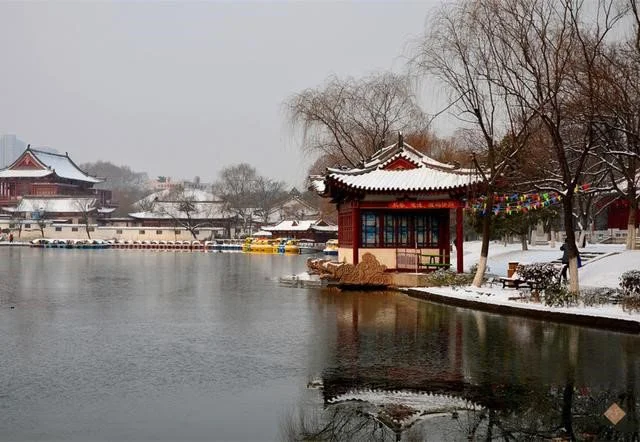
Top 10: Forbidden City
Dynasty: Ming, Qing /Area: 0.72 square kilometers /The Forbidden City in Beijing is the imperial palace of the Ming and Qing Dynasties in China. It was formerly known as the Forbidden City. It is located in the center of the central axis of Beijing and is the essence of ancient Chinese palace architecture. The Forbidden City is 961 meters long from north to south, 753 meters wide from east to west, with a total area of 720,000 square meters and a building area of 150,000 square meters. The Forbidden City has more than 70 large and small palaces and more than 9,000 houses. It is one of the largest and best-preserved wooden structure ancient buildings in the world. The Forbidden City in Beijing, the Palace of Versailles in France, the Buckingham Palace in the United Kingdom, the White House in the United States, and the Kremlin in Russia are collectively known as the five largest palaces in the world.

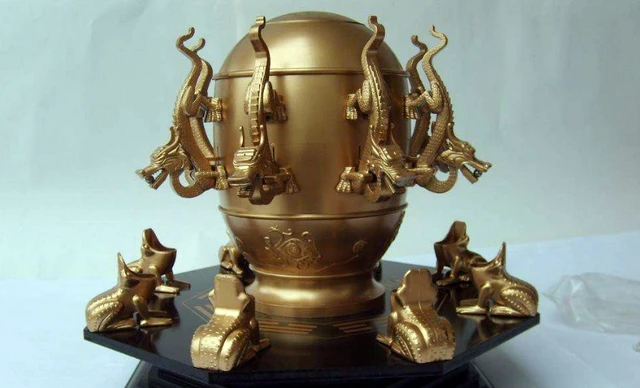
The Chinese people have developed creative thinking since ancient times and have a glorious tradition of invention.
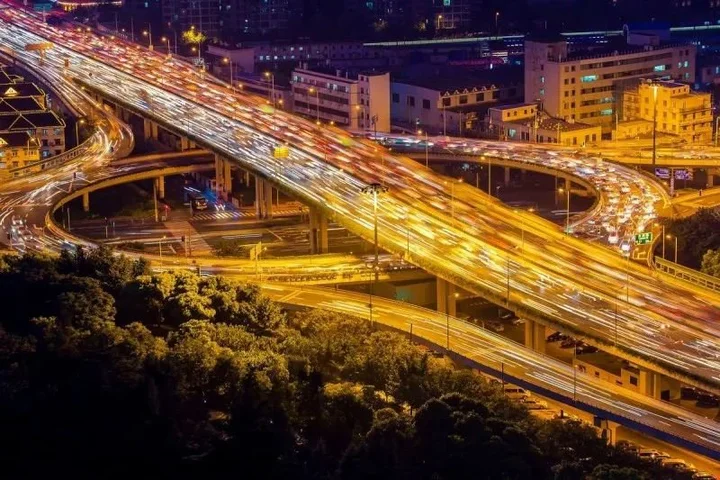
China’s overpasses are also very famous in the world. Basically, the world’s largest, most complex, and tallest overpasses are all in China. At the same time......

Each beauty has its own unique charm, beautiful enough to make you unable to breathe.
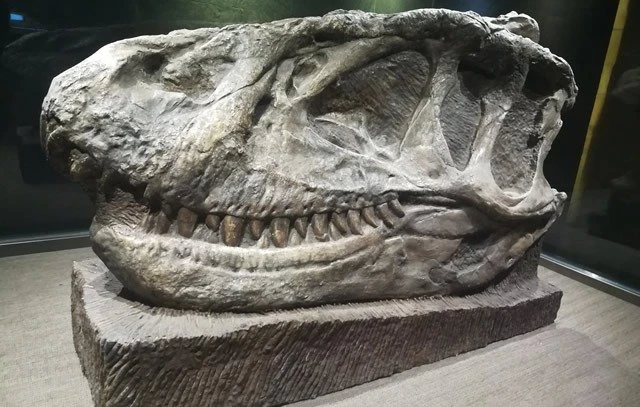
Although dinosaur fossils have existed on the earth for tens of millions of years, it was not until the 19th century that people knew that such strange animals once existed on the earth.
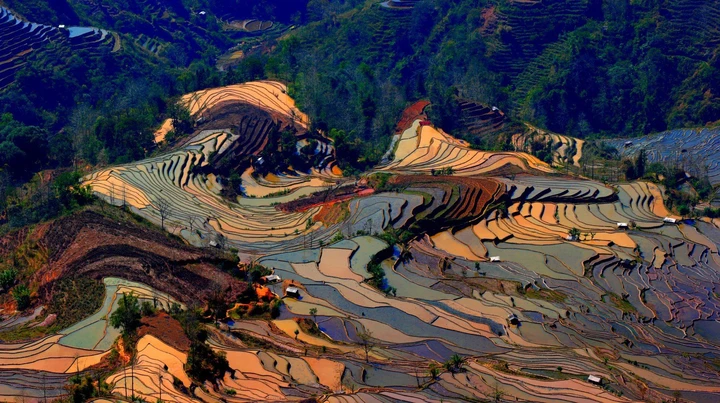
A terrace is a layered hilly planting area. In terraced fields, artificial or pipeline water delivery measures are generally used to maintain soil and water in layers......